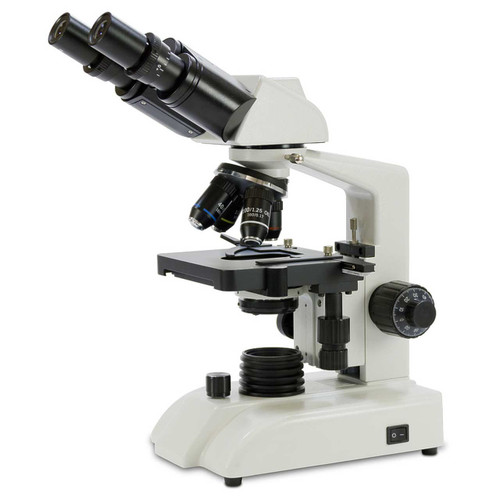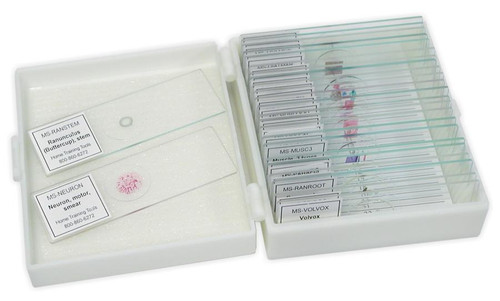











If you're a parent, student, or science teacher looking for affordable compound microscopes, you're in the right place. The Home compound light microscope line provides high-quality and ease of use. The Kids version is great for elementary age children. And if you're doing microbiology labs, try the Ultimate microscope with 1000x magnification. For the most serious scientists, the Lab binocular microscope offers the highest quality.
Compound microscopes magnify the details and structure of tiny organisms in biology and life science. They have much higher magnification than that of low power dissecting or stereo microscopes. With their high magnification settings, fine focus capabilities, and high-quality light source and illuminator, these compound microscopes can be used by students, parents, and science enthusiasts alike to see and study things that are completely invisible to the naked eye. Simply place/drop/swab your microscopic specimen onto a glass slide, cover it with a coverslip, place the slide on your mechanical stage, power up your microscope, and let the exploration begin!
Most homeschool families and hobbyists will need a microscope with at least 400x magnifying power - meaning that a high power compound microscope is the way to go.
Basically, these incredible brightfield instruments use visible light and lenses (objective lenses and eyepiece lenses) to provide magnification. The magnification of the objective lens (usually 4x, 10x, 40x, or 100x) is multiplied with the magnification of a second lens (the eyepiece - typically 10x) to produce a total magnification of anywhere from 40x to 1000x.
Apart from the binocular, all of these compound microscope styles are compatible with special microscope digital cameras.
Compound microscopes have many other high-quality features that are essential to their operation. For example, a mechanical stage allows for precise slide control, making it easier for students, teachers, and science enthusiasts alike to view slides. Many of the 1000x microscopes above include a built-in mechanical stage, and you can add one to most of the models that don't.
Browse through our selection of compound microscopes above, many of which are customer favorites and bestsellers!